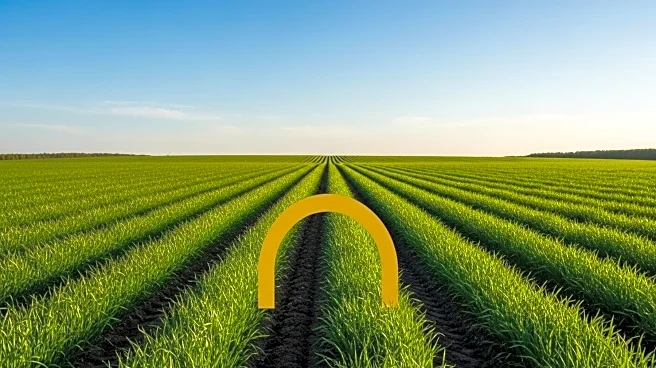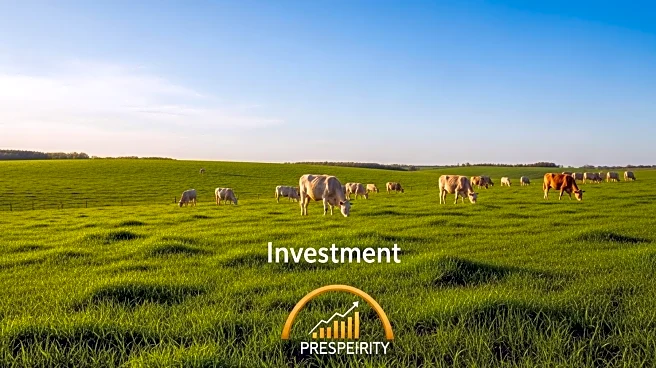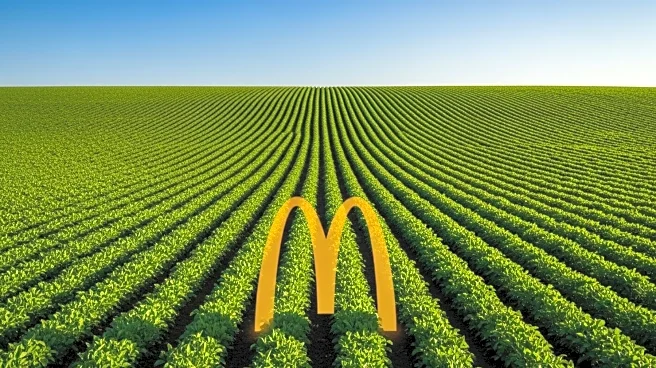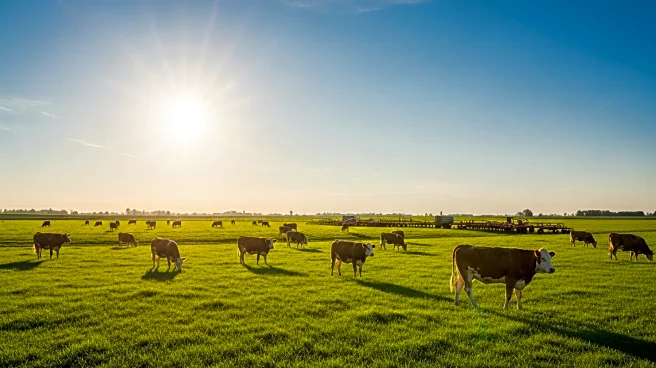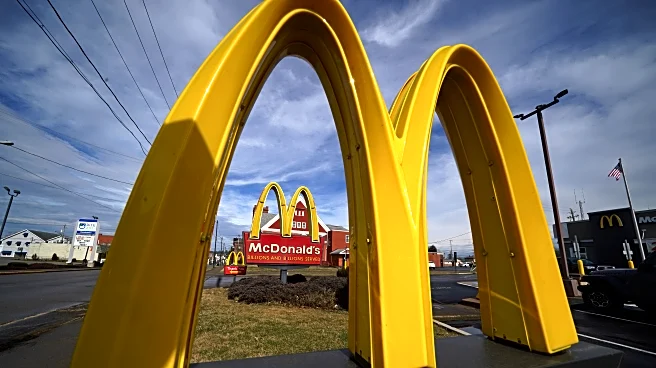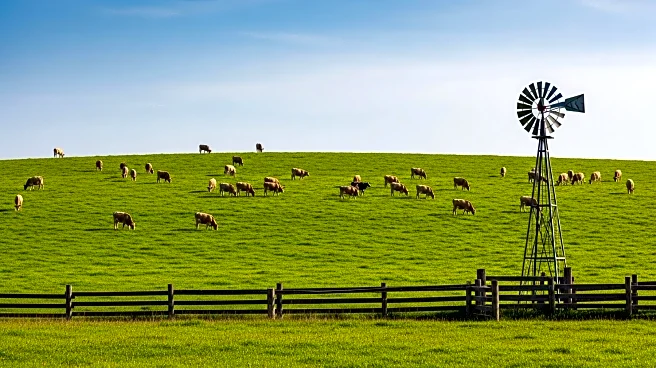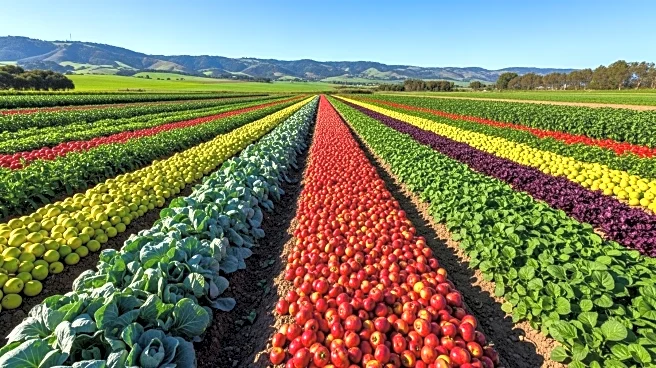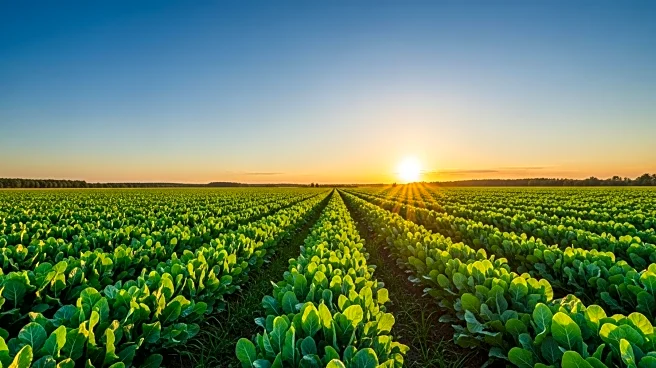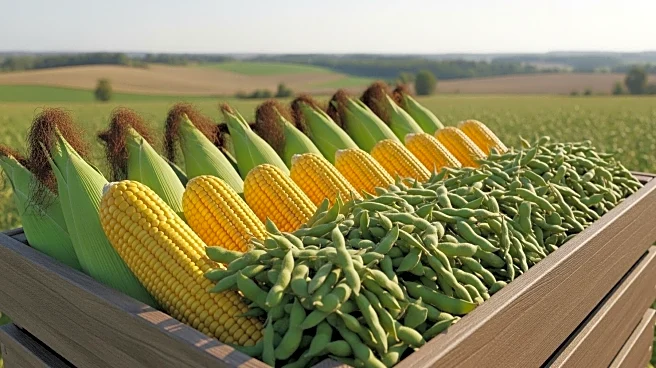What's Happening?
The United States Department of Agriculture (USDA) has expanded its program for climate-smart agriculture practices, which is expected to significantly impact the carbon farming market. The USDA's Natural Resources Conservation Service (NRCS) has updated its list of eligible activities for funding under the Inflation Reduction Act in 2025. This expansion includes new activities and offers greater incentives for practices that enhance carbon sequestration. The carbon farming market involves agricultural practices and land management strategies designed to capture and store carbon dioxide in soil and vegetation. Techniques such as agroforestry, cover cropping, regenerative farming, and soil enrichment are central to this market, which supports climate change mitigation and sustainable agriculture. The market is poised for transformative growth, with significant investments from the private sector, including a $200+ million initiative by McDonald's USA and the National Fish and Wildlife Foundation to promote regenerative grazing across 38 states.
Why It's Important?
The expansion of climate-smart agriculture practices by the USDA is crucial for the U.S. agricultural sector as it aligns with global efforts to mitigate climate change. By incentivizing carbon sequestration practices, the USDA is encouraging farmers to adopt sustainable methods that not only reduce greenhouse gas emissions but also improve soil health and biodiversity. This initiative is expected to drive economic benefits by creating new market opportunities for farmers through carbon credit generation. The involvement of major corporations like McDonald's highlights the growing demand for sustainable agricultural practices and the potential for large-scale private sector investment. As the market shifts towards higher-quality carbon credits, farmers and corporations that adopt these practices stand to gain financially and reputationally.
What's Next?
The USDA's expanded program is likely to lead to increased adoption of climate-smart practices among U.S. farmers, driven by the financial incentives and support provided. The use of advanced technologies such as satellite-based monitoring and AI-powered analytics will play a crucial role in measuring and verifying soil carbon, making it easier for farmers to participate in carbon markets. As demand for premium carbon credits rises, projects that demonstrate strong integrity and co-benefits like biodiversity conservation will become more valuable. The USDA's interim rule on climate-smart biofuel crops is expected to create new opportunities for farmers to reduce the carbon footprint of biofuels, further integrating sustainable practices into the agricultural sector.
Beyond the Headlines
The expansion of climate-smart agriculture practices raises important ethical and environmental considerations. By promoting practices that enhance carbon sequestration, the USDA is addressing the urgent need for climate action and supporting the transition to a more sustainable agricultural system. However, the success of these initiatives will depend on the ability to ensure transparency and accountability in carbon credit markets. The focus on regenerative agriculture also highlights the potential for long-term shifts in farming practices that prioritize ecological health and resilience.

